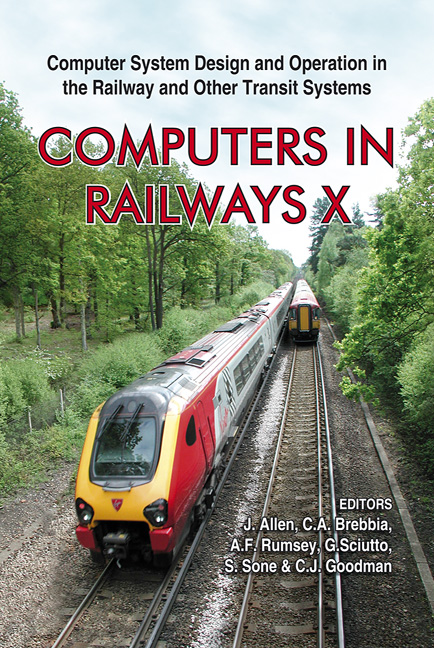Assessing Rail Transport Network Performance And Reliability
Price
Free (open access)
Transaction
Volume
88
Pages
10
Published
2006
Size
931 kb
Paper DOI
10.2495/CR060081
Copyright
WIT Press
Author(s)
R. Raicu & M. A. P. Taylor
Abstract
Network performance in general - and in the computing and telecommunications areas in particular - is a topic of major interest. Much of this research is not in the public domain, but this is beginning to change as international research teams become aware of common problems and issues. In any event, rail systems have certain special characteristics which limit the transferability of general network methods to rail problems or which require additional work to develop relevant interpretations and implementations for use in railway systems analysis. The paper presents results of a research project aimed at developing decision support tools for assessing rail network performance and reliability. Keywords: rail transport network, network reliability and vulnerability, congestion, delay. 1 Introduction When analysing network performance an integrated approach considering network infrastructure, operation and transport demand is essential. The capacity of the transportation network can be evaluated by various measures such as the travel times and the extent of congestion. Network flows are influenced by abnormal events that affect network characteristics and capacity, like disasters, accidents, construction or repair. Ideally, networks should be designed so as to cope with normal fluctuations by offering alternative paths, but planning for abnormal events is much more difficult. In systems engineering, reliability may be defined as the degree of stability of the quality of service which a system normally offers. In the face of increasing user demands for high levels of service, system reliability is becoming
Keywords
rail transport network, network reliability and vulnerability, congestion, delay.





